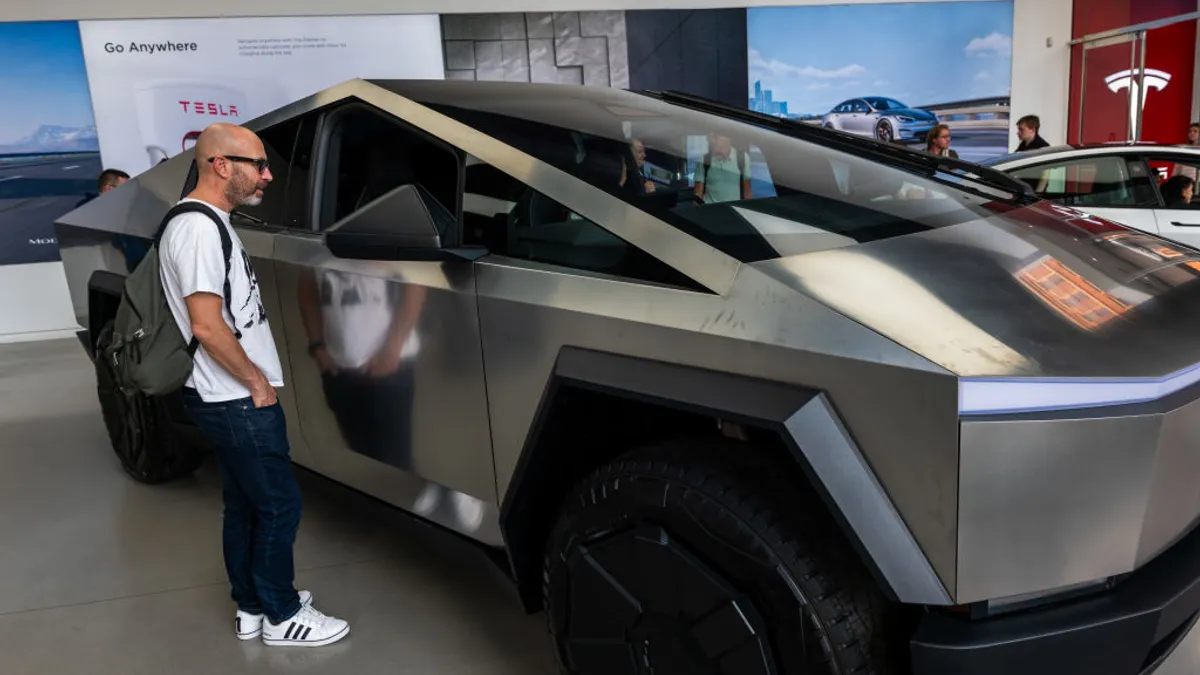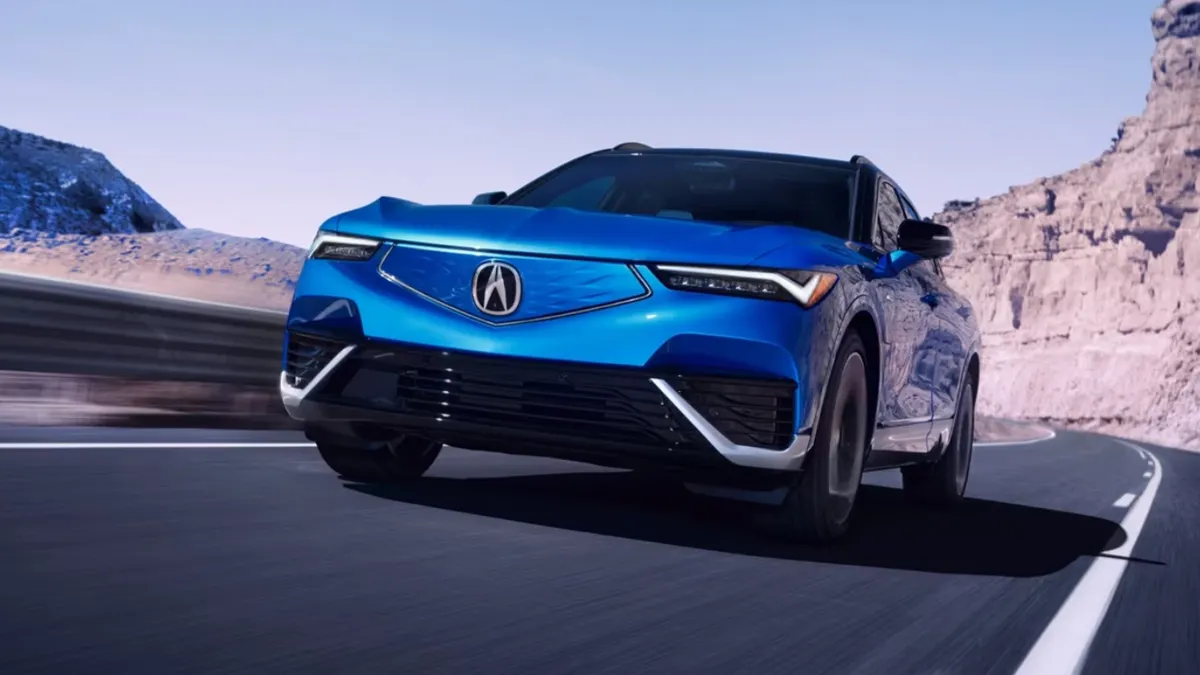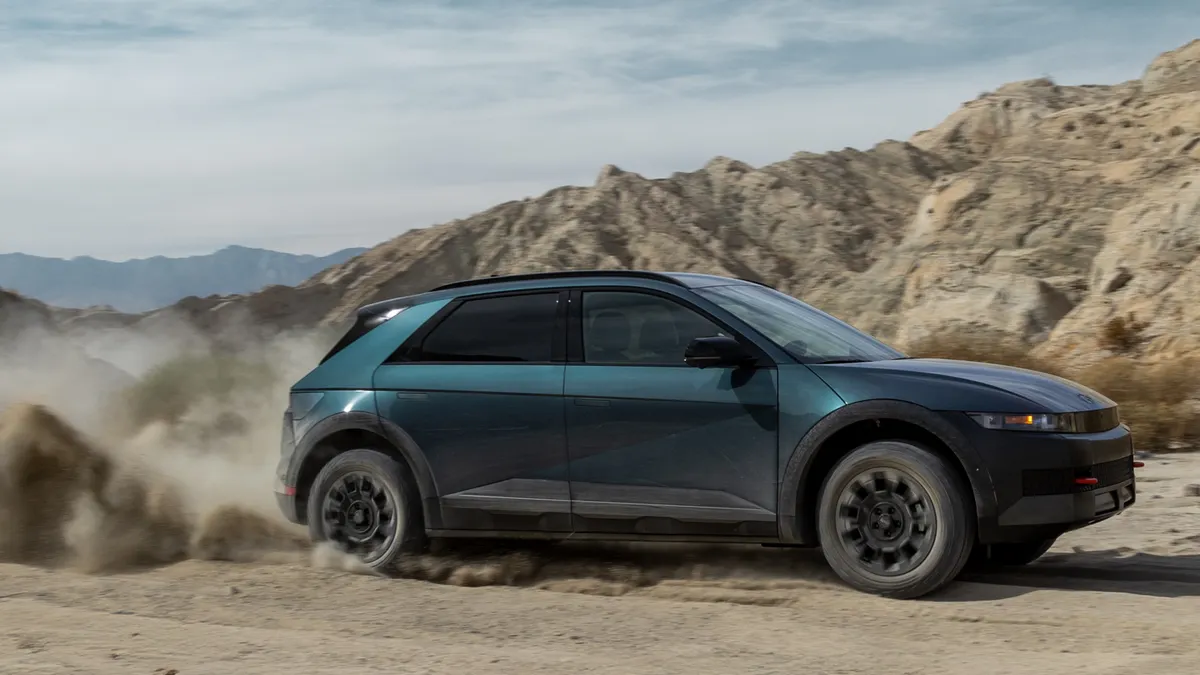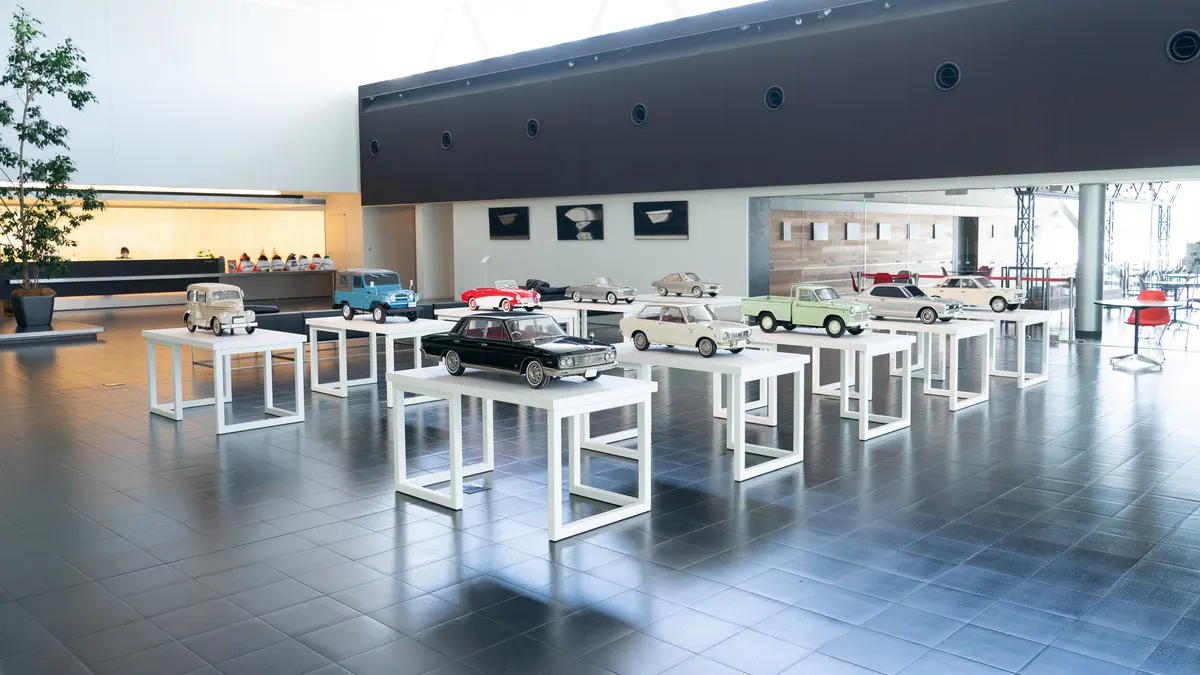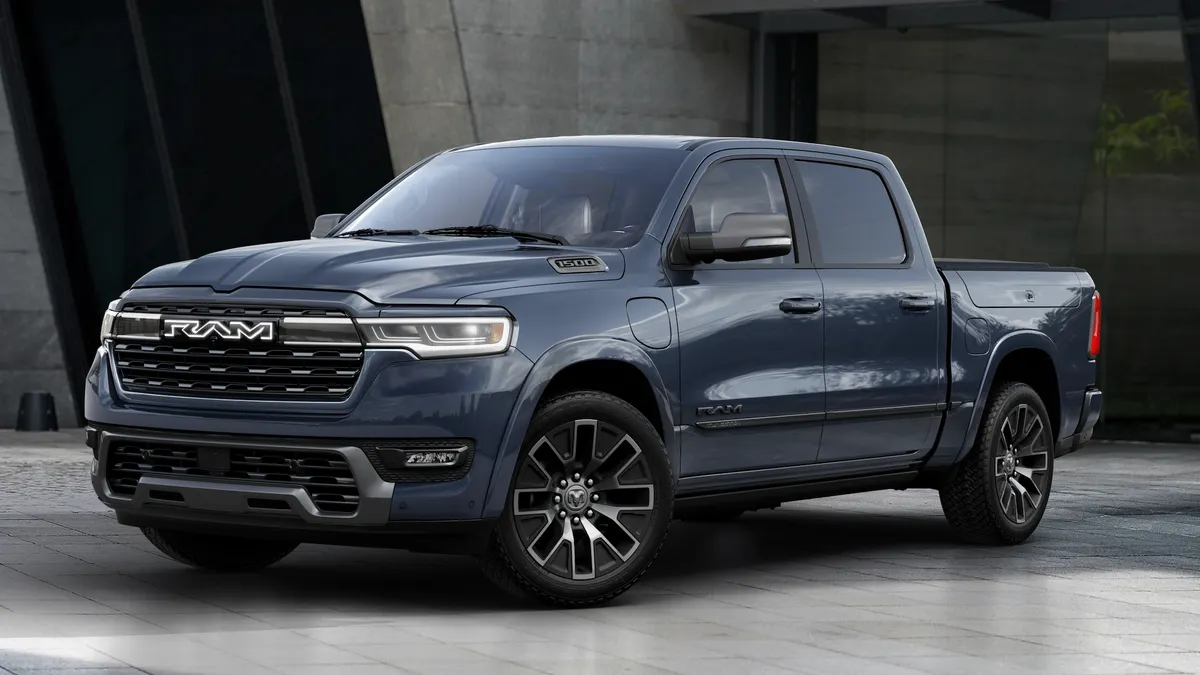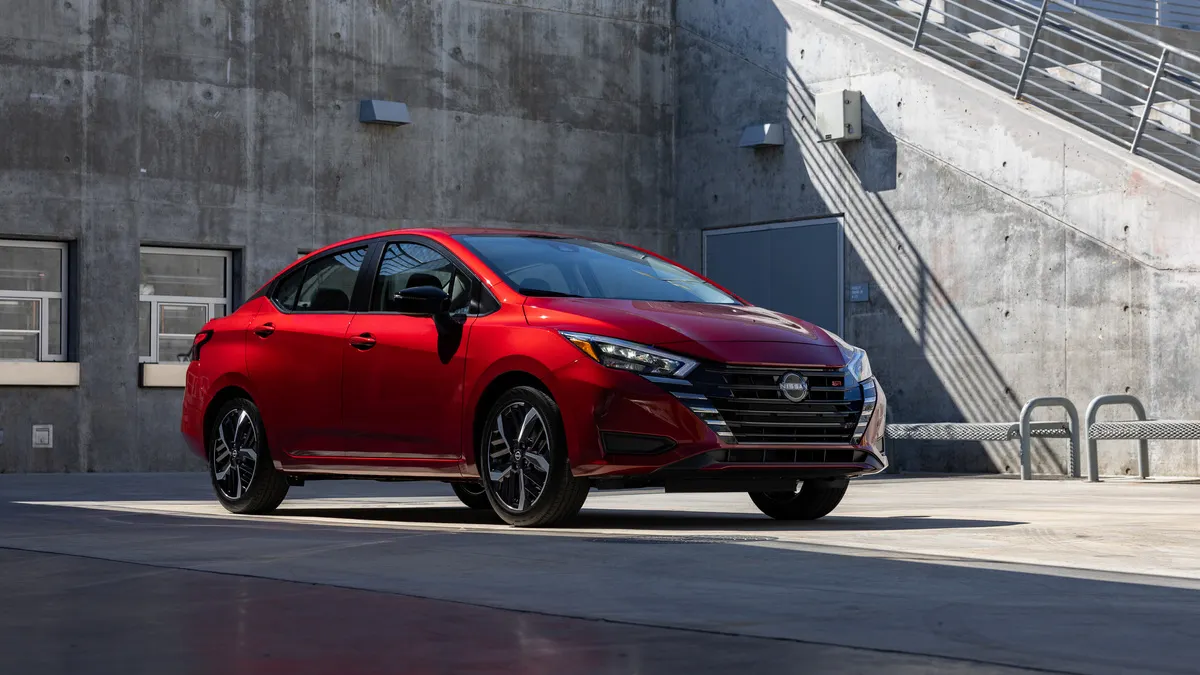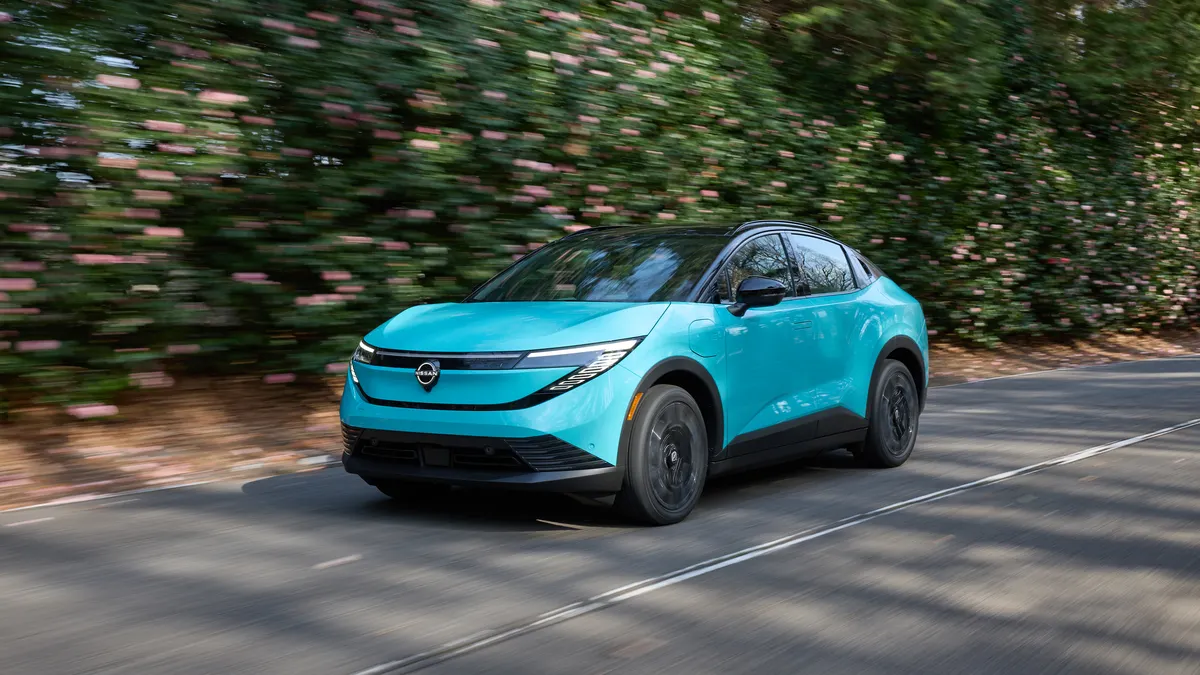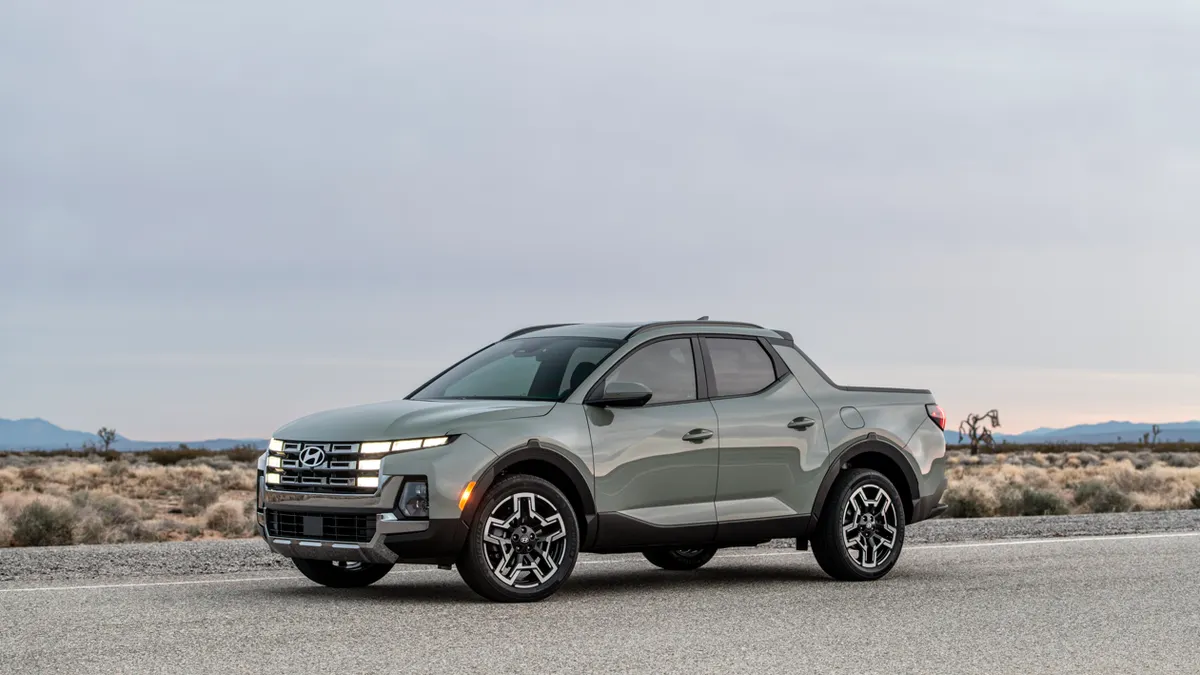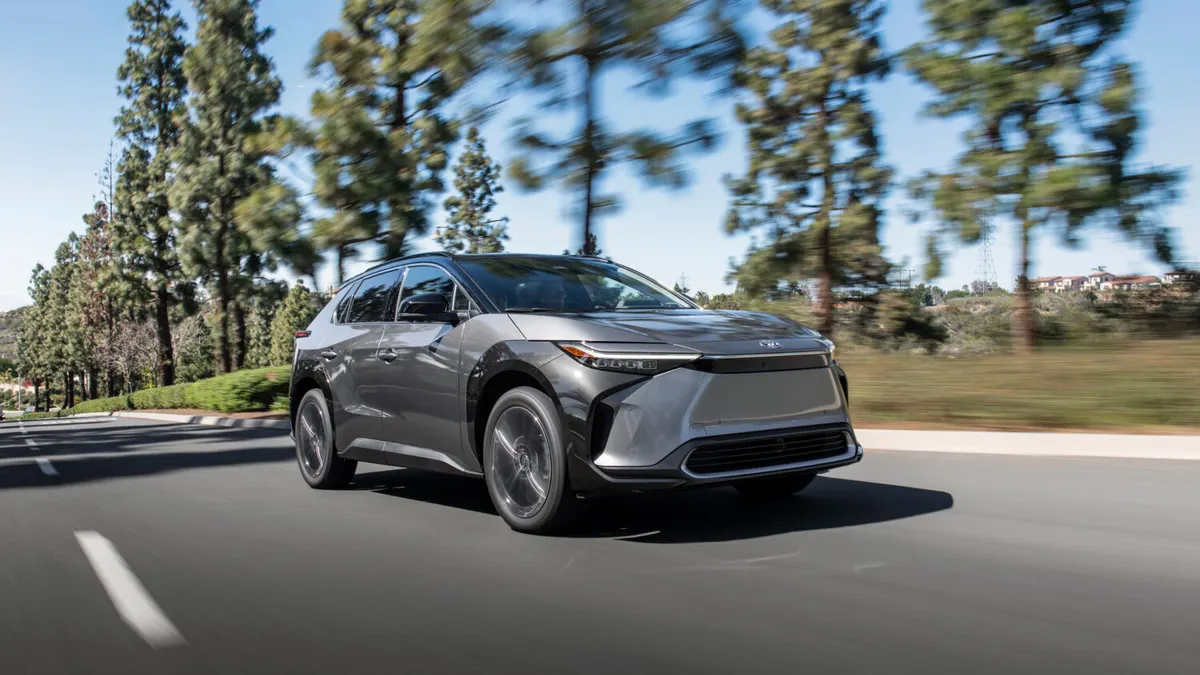A seamless, omnichannel buyer’s journey that combines online and at-dealership activities, as well as investing in first-party data to aid in customer retention and conquesting, are essential to succeeding in today’s automotive retail market, experts say.
New vehicle sales are projected at between 15.6 million and 16.3 million, which would be a slight increase from 16 million in 2024 if estimates reach the higher projection, according to a recent Cox Automotive forecast.
However, changing consumer habits and fewer lease returns could make it challenging for automakers and dealers to retain existing customers and obtain new ones.
Omnichannel buyers' journey now essential
Consumers are demanding a seamless, omnichannel shopping and purchasing experience, experts say. “That’s where we really see our OEMs focusing,” said Jade Terreberry, senior director of strategy development at Cox Automotive, in an interview.
Manufacturers want to create a highly connected and consistent experience from their OEM to the dealer website — to ensure every consumer receives the right message in the right channel at the right time, without redoing steps like reentering their trade-in information.
“It's really about knowing what the consumer has already done and being able to serve messaging to them that is relevant to where they are in the funnel,” Terreberry said.
Their efforts are paying off. Customer satisfaction rates reached an all-time high in 2024, with 75% of respondents saying they were happy with their car buying experience, according to the 2024 Cox Automotive Consumer Buyer Journey study.
While many consumers still prefer to do most or all of their shopping and purchasing in-person, that’s changing quickly. The share of consumers who complete their transactions entirely online will rise from 7% in 2023 to 21% in the next few years, according to Kevin Frye, eCommerce director with Jeff Wyler Automotive Family. Likewise, the share of consumers completing their buyers’ journey through a mix of online and in-person experiences will also grow: 43% of consumers surveyed in 2023 already did this, whereas 71% of consumers suggested they would do this in the future, a 28 percentage point increase, according to Cox Automotive’s 2023 Car Buyer Journey study. “That's a massive number across all age groups and families,” Terreberry said. “They want that seamless transition to in-store.”
First-party data, ROI crucial to success as brand loyalty falls
Customer retention and conquesting have become more critical than ever as brand loyalty falls.
Brand loyalty was 54-55% before the COVID-19 pandemic but fell to 51.6% in 2024, according to S&P Global Mobility. It’s even lower for luxury brands.
Many consumers were “left behind” during the inventory shortage that struck the automotive industry due to widespread supply chain problems, and that’s contributed to lower brand loyalty, said Julie Mynster, executive director for Polk Automotive Solutions at S&P Global Mobility. “If they needed a new vehicle, they were kind of forced into trying a new brand,” Mynster told Automotive Dive in an interview.
Brand loyalty has also declined because fewer consumers lease than before the pandemic, leading to fewer lease returns. Before the pandemic, approximately 30% of new vehicle sales were leases. That figure fell to as low as 15% during the pandemic and has since recovered to 20%, according to Cox Automotive. Research from S&P Global Mobility suggests that lessees are nearly 17% more loyal than buyers. That’s because it’s easy to return and lease a new vehicle from the same brand, Mynster said.
But S&P Global Mobility estimates the number of lessees returning to market will decline by 41% in 2025, resulting in one million fewer purchases.
“We’re going to be in a return-to-market desert,” Mynster said. “It's impacting both dealership and brand loyalty across the board.”
Competition in the U.S. auto industry is heating up as well, which will also influence purchasing and brand loyalty, according to Mynster. In 2025, more than 60 new vehicles, including 36 SUVs, will be on the market.
“Historically, you can expect a loyalty bump when a new version of something comes out,” Mynster said.
Advertising and marketing necessary to attract and retain customers
Mynster said that OEMs and dealers should invest in advertising and marketing to retain their existing customers while attracting shoppers from other brands.
“You can’t expect those customers to come running back to you just because you’re ready to do business with them,” Mynster said.
According to Mynster, brands are investing heavily in acquiring and mining first-party consumer data to learn more about their customers and build stronger, long-term relationships with them.
That could prove challenging, however, because many consumers (31%) do not trust anyone to manage the data their vehicle generates, according to the 2025 Deloitte Global Automotive Consumer survey.
That’s despite OEMs embracing “privacy-friendly data strategies,” said Jody Stidham, a managing director with Deloitte’s automotive practice, in an interview.
She added that automakers also want to offer more personalized experiences for consumers along the buyers' journey.
“OEMs are starting to look beyond traditional methods of segmenting audiences based on past purchase or service behavior, to incorporate real-time behavior and third-party data to enhance their understanding of the individual consumer,” Stidham said.
Mynster said dealers, meanwhile, have had robust first-party data on their customers for several years and are increasingly focused on ensuring that their advertising and marketing spending leads to increased sales.
Previously, automakers and dealers knew that some of their advertising and marketing efforts worked, but they didn’t know which ones were effective, she said. Thanks to sophisticated digital tools, businesses can now measure what’s working and adjust their investments.
“You can actually start to see this is working for me and this is not,” Mynster said.



